Abel James – The Wild Diet
The Wild Diet
[Ebook -1 PDF,1 AZW3, 1 MOBI, 1EPUB]
Description
DescriptionQuote:Hi, my name is Abel and I haven’t eaten breakfast in three years.Don’t worry, I feel terrific. These days, I tend not to eat until dinner, in favor of what I call “feasting and fasting.”Tonight I’m going to enjoy an epic meal with my family and friends, likely accompanied by spirited conversations and plenty of wine, cheese and chocolate. Feasts are a part of who we are.And yet I’ve become known as one of the top weight loss and health experts, The Fat-Burning Man, because I have helped thousands of people change how and what they eat to reclaim their body’s natural ability to burn fat.“Despite The Fact That We’re Constantly Feasting, We’re All Lean And Healthy”I grew up on a defunct farm in the backwoods of New Hampshire, where there seemed to be more animals than people. What we lacked in culture and playmates for the kids, though, we made up for in wild beauty of the 60 acres of woods behind our house.With my mom in nursing school and dad working full-time as a stonemason, my family needed to stretch their dollar as far as it could possibly go.Feeding three growing boys on a shoestring budget is no small task, as many of us know, so we always had a garden. We ate off the land. Mom would gather fresh wild strawberries in June, endless squash and zucchini in the summer, apples in September, and kale just about year round.We spent the morning finding worms, the day fishing, and the night picking the endless bones out of the sweet, tender, buttery flesh of pickerel and perch.When gathered around the table at the end of the day, we always knew where our dinner had come from. The greens, broccoli and carrots had been freshly picked just minutes before; sweet, spicy and savory flavors were grown in our mom’s carefully-tended herb garden; and the eggs were produced by the dwindling flock of chickens that had managed to outwit the neighborhood dogs.Today, when I visit my folks in New Hampshire, we spend the majority of our time talking about food, cooking and feasting. We might chat a little about the Patriots, politics and the weather, but just about everything we do revolves around food. The coffee fuels us in the morning, work happens during the day, and wine and feasting lasts all night, usually capping off with luxurious chunks of rich dark chocolate from faraway lands.Every family gathering revolves around food, and we make it all ourselves. It’s insanely delicious, and we eat an impressive amount of food. This year’s Thanksgiving turkey was lovingly raised and gently slaughtered on my brother Mark’s organic farm, the mushrooms came from Uncle Dean’s backyard, and the heaping, colorful salad came straight from Mom’s garden.Despite the fact that we’re constantly feasting, we’re all lean and healthy.My family is proof that the answer to vibrant health doesn’t live in a soul-crushing, calorie-restricted diet, a magical fat-blasting pill, or an exercise program that promises to make you absolutely miserable. The truth is that our secret is simply in sticking to our roots and knowing where our food comes from.A Full Spectrum of Natural Foods Increases Energy and Burns Fat – and It ShowsWhen I left home to continue my education at prep school and college in the city, my life and my diet began to change — and not for the better. At school, I worked hard, played hard and ate plenty, just like my peers. But this wasn’t the food from my childhood. It was a “modern diet,” full of food from the supermarket shelves that I would later discover was nutrient-poor, rotten, spoiled, dead, old, and contaminated with antibiotics, chemicals and growth hormones.These fake foods distort your appetite and cause you to consume more calories than you require. This perpetuates a vicious cycle of stuffing your face but never feeling totally satisfied or nourished. Adding sugar, fat and salt to processed foods is a trick manufacturers play on us to mask their low-quality ingredients.A steady diet of processed foods took its toll on me. By the time I hit my early twenties, I had been eating this way for a few short years and already it showed on and in my body. In response, my doctor put me on a well-intentioned low-fat, low-cholesterol, calorie-restricted diet to ensure that I didn’t succumb to high blood pressure, increased weight gain, and thyroid problems.Gritting my teeth, I followed my doctor’s advice. With superhuman willpower, I counted every last calorie, nibbled on low-fat food that tasted like cardboard, and exercised for an hour a day, regularly running at least 30 miles a week.With every visit to the doctor, I felt fatter and sicker than ever. My blood pressure skyrocketed, my cholesterol was ugly, and my puffy, moon-shaped face was soon joined by love handles and an unsightly spare tire.As I worked diligently as a digital media consultant to pay off my college loans, I couldn’t sleep due to digestive upset and heartburn. I had thyroid problems and was eventually sidelined by crippling kidney stones. Instead of being a strapping young 24-year-old man, I had the symptoms, low energy, and flab of an unhealthy man three times my age.Determined To Master My Body I Began To Study The Latest ResearchI didn’t like the fat face that was looking back at me in the mirror. I decided to focus on trying to fix my sapped, chubby, broken body. After losing all my modern conveniences and toys in a devastating fire, my body was all I had. And I was hell-bent on mastering it.I stuck my nose into the research. I scoured hundreds of scientific studies, read every diet book I could borrow, and dug deep into the world of nutrition, bodybuilding, and fitness modeling to reverse the fat train I had suddenly found myself on and to find the best way to lose as much fat as quickly as I could.I discovered that everything everyone had been telling me since I left home about diet and health was completely wrong: the low-calorie, low-fat, low-intensity model of health was giving me a low-quality life with low-quality results.I created a new diet plan based upon my research; surprisingly, it looked more like my wild childhood than my doctor’s strict recommendations. Eager to be my own guinea pig, I gave it a whirl.I went back to eating the most delicious foods of my life — cheese, eggs, fresh veggies, real butter, and loads of chocolate — and exercised just minutes a week. I went off the modern foods the grocery stores wanted me to buy and the expensive medications recommended by my doctor. I didn’t rely on any miracle fat-loss potions, ab-shocking gadgets, or tiny frozen dinners emblazoned with marketing spin.Incredibly, all of the little problems that I assumed were part of working too hard to eat the right foods and to work out enough were actually a part of eating a modern diet—the healthy and the unhealthy modern diet. When I changed my modern diet, high blood pressure, digestive problems, constant hunger, low energy, the spare tire, thyroid issues, inability to sleep at night, dry skin, acne, kidney stones and much more disappeared.When I stepped on the scale 40 days from the new diet I had created, I was shocked: I had lost 20 pounds. I was eating more fat and more calories and working out less, and instead of getting fatter, my weight loss revealed a muscular body and a six-pack straight out of Fight Club.To be clear: I am NOT a bodybuilder, personal trainer, or fitness model. I’m just a regular guy with average genetics who can get fat easily. And now, I eat like a king and never go to the gym and am in the best shape of my life.The Food DevolutionThere’s little denying that our collective health is failing. Diabetes and cancer are rampant; health care costs are increasingly crippling our economy; and eight-year-old children are weighing in at 100 pounds. Today, more than 64 percent of adult women and more than 72 percent of adult men in America are overweight or obese. Clearly, something isn’t working.More and more fingers are pointing to the modern food we eat.As Alfred E. Newman, the fictitious mascot of Mad Magazine, quipped, “We are living in a world today where lemonade is made from artificial flavors and furniture polish is made from real lemons.”Over hundreds of thousands of years, the forces of natural selection tweaked and perfected our physiology to function optimally on a diet mainly of wild plants and animals – vegetables, meat, and occasionally fruits, nuts and seeds – which are naturally high in fat, protein and fiber and low in carbohydrates. But since the advent of agriculture and especially industrial food processing, we have become carbohydrate-eaters.We’ve been fooled into thinking that corn, wheat, and soy should be staples of the Standard American Diet because they are available and cheap. These grains make up the majority of our modern diet because they are readily available the way wild plants and animals used to be. These grains are not produced in such massive quantities today because they’re good for you, healthy, or nutritious. They’re produced en masse because they are highly profitable.Since we are not built to handle the massive amount of carbohydrates in the foods we eat today, our bodies readily convert them to sugar to be stored as fat. Up against millions of years of genetic adaptation, the food products of agriculture and the industrial revolution contradict our natural diet.Cue the diet gurus and pharmaceutical companies that push their magic “fat-blaster pills” or “exercise in a bottle” miracle potions and will tell you anything to make a sale. You can throw away their fad diets and supplements too. Seven out of ten Americans today take at least one prescription drug, according to a study published in the journal Mayo Clinic Proceedings.It’s time to stop eating what companies want to serve you and listening to the peddlers of prescriptions and diet products. Your food, your body, and your health have been hijacked by special interests that are not your own.For the vast majority of human history, we had access to an immense variety of seasonal foods from small, local sources. Now we have access to very few varieties of very few foods from a massive industrial system often thousands of miles from where we live. This system produces foods that are synthetically grown and engineered, with manufactured fertilizers and pesticides; plant growth regulators such as hormones; livestock antibiotics, food additives and genetically modified organisms.When our grandmothers bought food just a few short decades ago, it was usually local, organic, and free of most chemicals. Not by choice, mind you, but by default. Once upon a time, food was food.Alas, those days have passed.The Wild Diet is Flexible, Filling – and Even FunThe Wild Diet follows this principle: eat plenty of whole and naturally edible foods in the quantities they naturally exist in the world and be skeptical of manipulated, processed and invented food products.By prioritizing foods found in the wild, you return your body to its optimal fat-burning state. In fact, when you reduce your consumption of grains, sugars and other simple carbohydrates in favor of natural plants and animals, you will be shocked by how quickly you can reverse the damage of decades of poor eating. Dropping the traditional (and miserable) low-fat, whole wheat, calorie-counting diet triggers your body to utilize the fat you have stockpiled on the modern diet as its main fuel source, so you experience rapid weight loss and unbelievable wellness.Is all modern, post-agricultural food harmful, fattening or unhealthy? Not necessarily. Truth be told: my approach has always been very flexible and isn’t aimed at die-hard cross-fitters. It’s no secret that I’m a dairy fiend and even enjoy sprouted grains and legumes when I’m in the mood. Here are some foods that are are part of the Wild Diet: Eat dairy (raw and fermented is preferable, as is goat and sheep) Eat occasional, properly prepared gluten-free grains and low-glycemic starches (wild rice, quinoa, buckwheat, teff) Eat properly-prepared legumes in moderation Eat foods containing yeast (occasional sourdough breads, beer in moderation) Enjoy an “eat anything you want” day (including carb-feeding to increase workout performance) Drink caffeine Drink alcohol (especially red wine) Eat lots of fat (even saturated fat) Eat fatty meats (e.g., minimally-processed ribs, lamb, sausage, bacon) Eat salt, especially mineral and sea salts Eat plenty of probiotic fermented foods (sauerkraut, kimchi) Eat occasional protein supplements (whey protein, egg protein) Use occasional plant-derived sweeteners (stevia, xylitol, etc.The Wild Diet can be boiled down into one simple idea: eat like your grandparents.Easier-to-follow guidelines and real-world options, which are compatible with how people genuinely live their lives, make this a far more enjoyable and successful program then many others — not just for first-timers but those who have struggled to stick to more rigid diets. And the rapid results are rewarding right from the get-go. When followers see how quickly their waistlines reappear, their energy boosted, and uncomfortable health conditions start to fade away, they are hooked.Get Back to Your RootsTake a deep breath and start eating real food again.Reverse the damage of your modern diet and return your body to its optimal fat-burning state. Sure, it will take some work to trade in your modern food staples, habits, and diet myths to make (or find) fresh, wild, natural food these days. But the weight loss results and health benefits are well worth the changes.We’re not meant to starve ourselves or count calories. We’re wired to eat and live luxuriously without getting fat. That’s what we’ve been doing effortlessly for generations, in fact, before we started surrendering our food choices to companies and following the wrong advice.If you’re carrying a few (dozen) extra pounds and feeling constantly hungry, I’ve learned that it’s likely not because you’re eating too much. You’re overweight and hungry because you’re eating modern foods. You see, when you’re hungry, you don’t crave food. You crave nutrition. And most modern meals we eat today are devoid of the critical nutrients our bodies need to thrive.The Wild Diet is not a dietary boot camp; it is a template for how you can realistically opt out of the modern food grid that is keeping you fat and sluggish with ease and without anyone noticing. In fact, as a rule, the closer you can get to eating plants and animals that would thrive in their wild and natural habitat, the more likely you are to thrive in your modern world today.
You must be logged in to post a review.

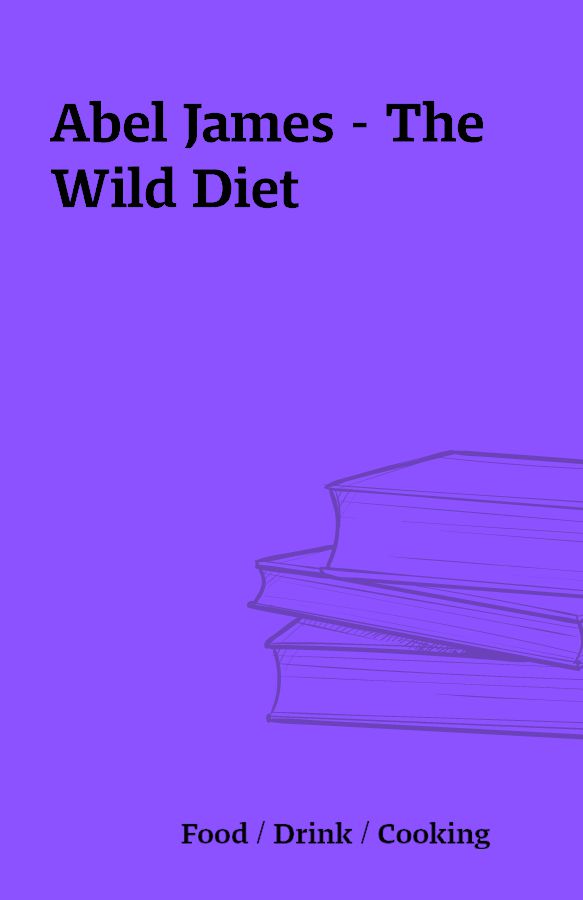
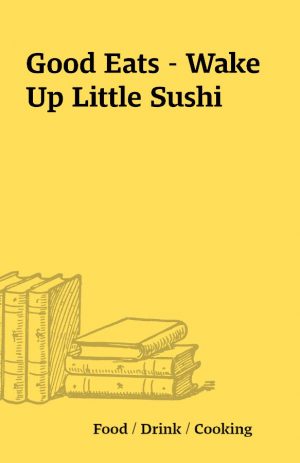
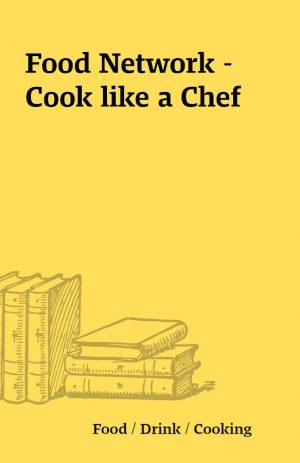
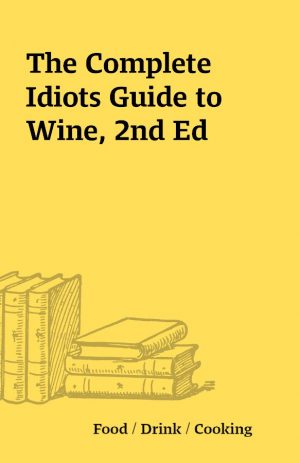
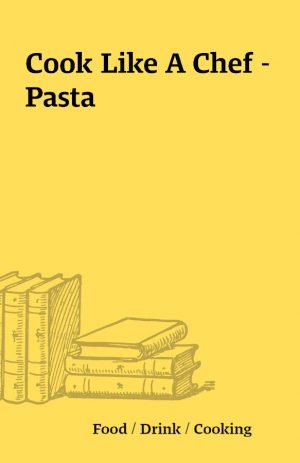
Reviews
There are no reviews yet.